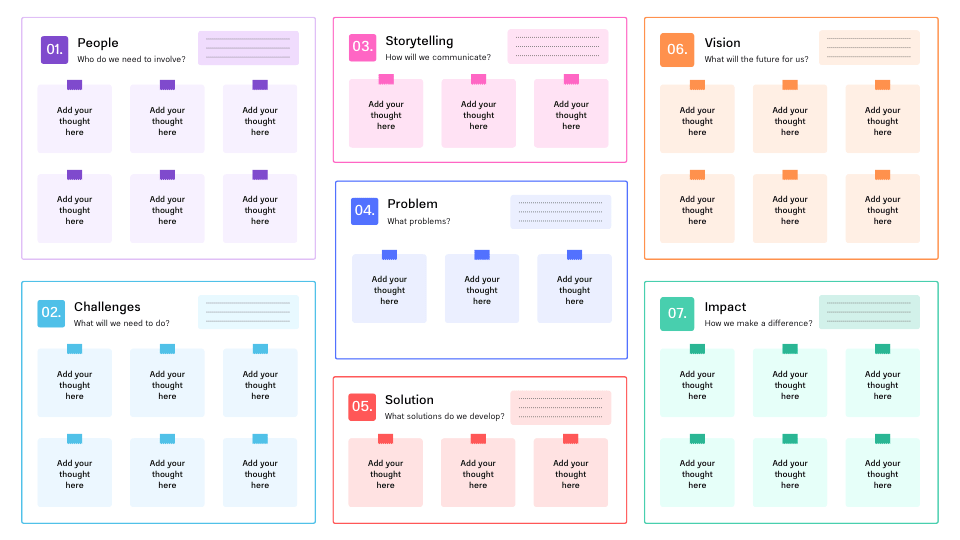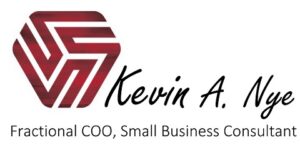Starting a small business is an exciting journey, but it can also feel overwhelming. Many small business owners dive into their venture without a clear, mapped-out plan, only to hit roadblocks that could have been avoided with better preparation. One of the most important steps to take before you start building your business is to create a business model map.
A business model map helps you visually outline your business strategy, define how you’ll generate revenue, and identify potential risks and opportunities. It’s like a blueprint for your business that guides your decisions and keeps you focused on your long-term goals. Instead of guessing what might work, you can test ideas, evaluate outcomes, and move forward with confidence.
Why Create a Business Model Map?
When you start a business, it’s tempting to dive into the day-to-day tasks: finding customers, hiring employees, and getting your product or service out there. But without a clear business model, you’re setting yourself up for failure. A business model map allows you to answer some of the most critical questions about your business in one place:
- How do you plan to make money?
- Who are your customers?
- What value are you providing, and how will you deliver it?
- What resources will you need to make it all happen?
Mapping your business model doesn’t just help you define these components. It forces you to think through them carefully and thoughtfully. When you lay out your business model on paper or digitally, you can easily spot weaknesses, uncover new opportunities, and avoid costly mistakes down the line.
Business Model Challenges
Many small business owners skip the process of creating a business model map because they feel they can figure it out along the way. While this approach may work in the short term, it often leads to several pain points:
- Unclear revenue streams: Without a defined structure, you might struggle to identify how you’ll generate consistent income.
- Resource mismanagement: If you haven’t clearly defined your resources, you might waste money on unnecessary tools or marketing strategies that don’t fit your business needs.
- Lack of focus: Without a clear map, you may end up chasing opportunities that don’t align with your core strengths or customer base, which leads to wasted time and effort.
- Unpredictable growth: With a business model map, you have a clear roadmap for scaling your business. Without it, growth can feel chaotic and unmanageable.
Having a well-documented model takes these risks out of the equation and gives you a more defined, actionable plan to follow.
Key Components of a Business Model Map
To create an effective model map, you need to understand the key components of your business. These components form the building blocks that make up your entire strategy. Here’s a look at the main elements:
1. Customer Segments
Who are your customers? A business model helps you define who you’re serving. Are you targeting businesses or individuals? What problem are you solving for them? Understanding your customer segments is essential because it shapes the rest of your strategy.
Example: If you’re running a local bakery, your customer segments might include busy parents, office workers, or people looking for fresh, healthy options.
2. Value Proposition
What makes your business unique? This is the value you provide to your customers that differentiates you from your competitors. Your value proposition is central to your business model because it explains why customers will choose you.
Example: If your bakery offers gluten-free, organic products, your value proposition might be providing health-conscious customers with a delicious, convenient option.
3. Channels
How do you deliver your value to customers? Channels include all the ways you communicate with and reach your customers. These could be physical (such as a storefront), digital (like an online shop), or through third-party platforms (such as marketplaces or affiliates).
Example: Your bakery might sell products directly from your storefront, but you could also reach customers through a website for delivery or partnerships with local cafes.
4. Customer Relationships
What type of relationship do you want to build with your customers? Do you want a one-time transaction or ongoing engagement? This could range from self-service (where customers handle everything) to highly personalized services (like consultation or customer loyalty programs).
Example: Your bakery might offer a loyalty program for repeat customers or a personalized ordering service for event catering.
5. Revenue Streams
How do you make money? This is one of the most important parts of your business model. Your revenue streams outline where your income will come from, such as product sales, subscriptions, or service fees.
Example: Your bakery could generate revenue through the sale of baked goods, catering services, and online orders.
6. Key Resources
What resources do you need to operate your business? These are the assets that are essential for running your business and delivering your value proposition. Resources might include physical assets (like a storefront or equipment), human resources (employees), or intellectual property (such as patents or trademarks).
Example: Your bakery’s key resources might include ovens, baking equipment, trained staff, and a brand that resonates with customers.
7. Key Activities
What are the essential activities required to run your business? These are the tasks that must be performed to create and deliver your value proposition. Activities can include product development, marketing, sales, and customer service.
Example: Your bakery’s key activities might include daily baking, marketing campaigns, and ensuring product quality.
8. Key Partnerships
Who are your partners? Every business has partners or suppliers who help it function. These could be manufacturers, distributors, or even other businesses that provide complementary services.
Example: Your bakery’s key partnerships might include suppliers of organic ingredients, delivery services, and local coffee shops.
9. Cost Structure
What are your costs? Every business has operating expenses, and mapping these out in advance helps you understand your financial needs. These costs can include fixed costs (like rent or utilities) and variable costs (such as ingredients or hourly wages).
Example: Your bakery’s cost structure might include ingredients, rent for the storefront, employee wages, and marketing expenses.
How to Map Your Business Model: Step-by-Step Guide
Now that you understand the components of a business model map, let’s walk through the process of creating one for your business.
1. Start with a Template
Use a Business Model Canvas or create a custom template to map your business. You can find free templates (like the one below) online or use tools like Canva, Miro, or Strategyzer to get started.

2. Define Your Customer Segments
List the different types of customers your business will serve. Think about demographics, pain points, and purchasing behavior. Write down who your ideal customer is and what problem you are solving for them.
3. Identify Your Value Proposition
Explain clearly what makes your product or service stand out. What is the specific benefit or solution you provide? This should be unique and compelling to your customer segments.
4. Map Out Channels and Customer Relationships
Determine how you will reach your customers (via physical stores, online, social media, etc.) and how you will engage with them (through emails, loyalty programs, etc.).
5. Outline Revenue Streams
Decide how you will generate income. Will you sell products directly, offer subscriptions, or rely on other monetization methods? Be specific about your pricing strategy.
6. Assess Your Resources and Activities
What key resources and activities do you need to deliver your value proposition? List all the assets required for your business and the main tasks you’ll need to perform.
7. Identify Key Partnerships
Who will you rely on to make your business a success? This could include suppliers, distribution partners, or strategic collaborations.
8. Estimate Your Costs
Write down the expected costs of running your business, from product development to marketing. Make sure to account for both fixed and variable costs.
Final Thoughts: Planning for Success
Creating a business model map before you build your business is a smart, strategic move. Taking the time to map out your business model sets you up for success and helps you avoid common pitfalls. A well-designed business model map gives you clarity, guides your decision-making, and helps you stay on track as you grow your business.
Remember, your map is a living document. As your business evolves, you’ll likely need to update your map to reflect changes in the market or your business strategy. By revisiting and refining it regularly, you’ll be able to adapt to new opportunities and challenges while staying focused on your long-term goals.


